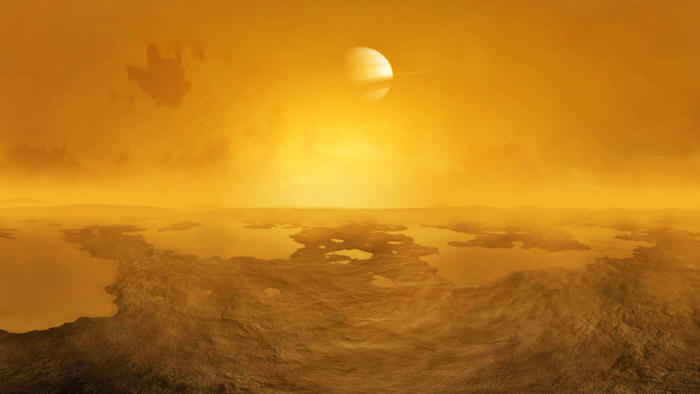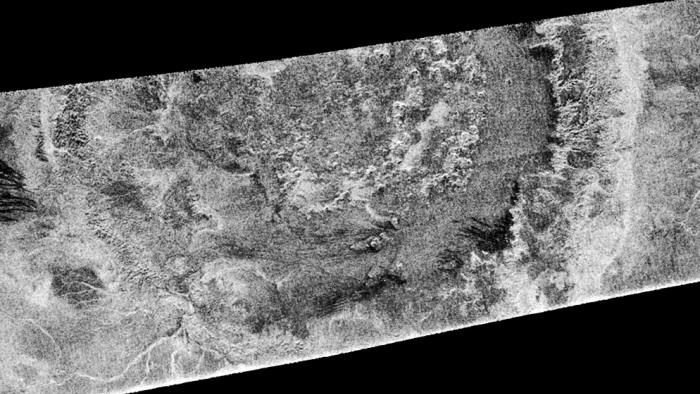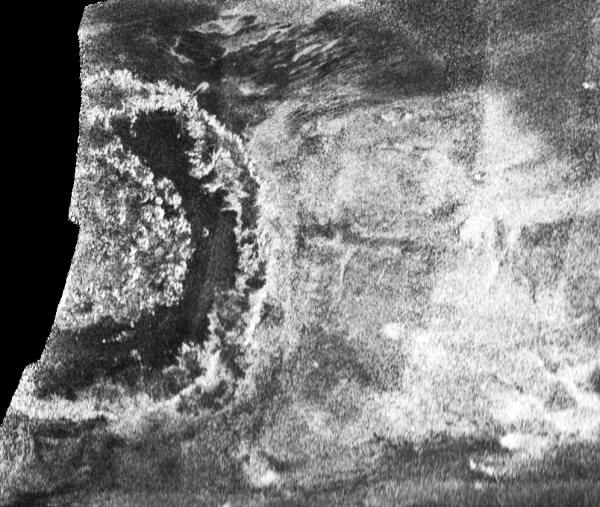|
ancient
impacts on Saturn's moon Titan ALAMY STOCK PHOTO
Its surface is coated in
organic hydrocarbons, and its icy crust is thought to cover a watery
ocean. An asteroid or comet slamming into the moon could
theoretically mix these two ingredients, according to a new study,
with the resulting impact craters providing an ideal place for life
to get started.
And,
Scientists have believed an ocean sits about 100 kilometers below Titan's crust ever since 2012, when NASA's Cassini mission measured sight variations in the moon's tides.
Alvaro Penteado Crósta, a planetary geologist at the University of Campinas, knew the moon was pocked with many large impact craters.
He wondered whether any of the impacts were big enough to pierce the crust and churn up the surface's organic material with the water below.
That may have produced,
To find out, he and his colleagues modeled the impact for the moon's largest crater, 425-kilometer-wide Menrva, thought to have formed 1 billion years ago.
The model suggested the
crater resulted from a 34-kilometer-wide space rock hitting the
surface at 7 kilometers per second.
Titan's largest crater,
may have punctured the moon's icy crust.
Crater Menrva Wikipedia
The heat of the impact would have created a lake in the crater, according to the model, which the team presented this week at the Lunar and Planetary Science Conference.
The lake would likely only have existed for 1 million years before freezing over in Titan's frosty temperatures.
But Penteado Crósta says this may have been enough time for microbes to evolve, taking advantage of liquid water, organic molecules, and heat from the impact.
Although the team's research focused on Menrva, Penteado Crósta says it is possible that smaller impacts were sufficient to break through Titan's ice shell, perhaps even at Selk - a 90-kilometer-wide crater about 5000 kilometers away.
Selk is thought to be much younger than Menrva, perhaps just a few hundred million years old, which would mean any evidence of life there would be fresher.
Selk is the planned landing site for NASA's Dragonfly mission, a $1 billion autonomous and nuclear-powered drone set to launch in 2027 and arrive on Titan 2036.
If the impact did break
the ice crust here, the mission could find out.
Still, Dragonfly could visit other craters in an extended mission.
And although Menrva might
be too distant, it could be an intriguing landing site in future,
Penteado Crósta says...
|




